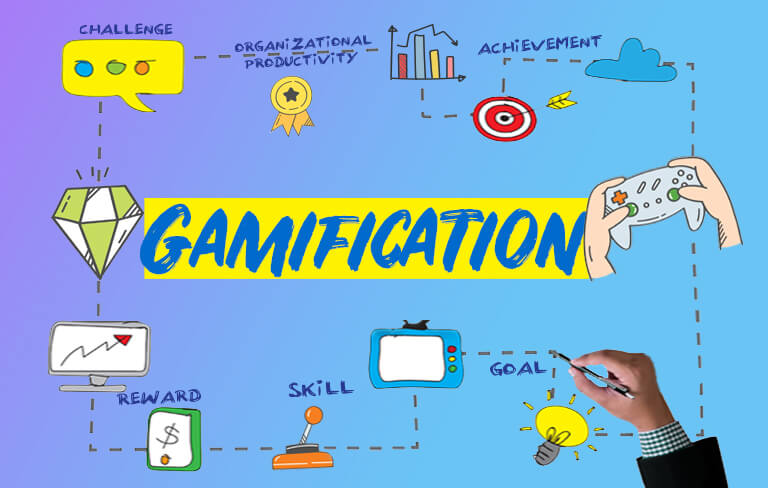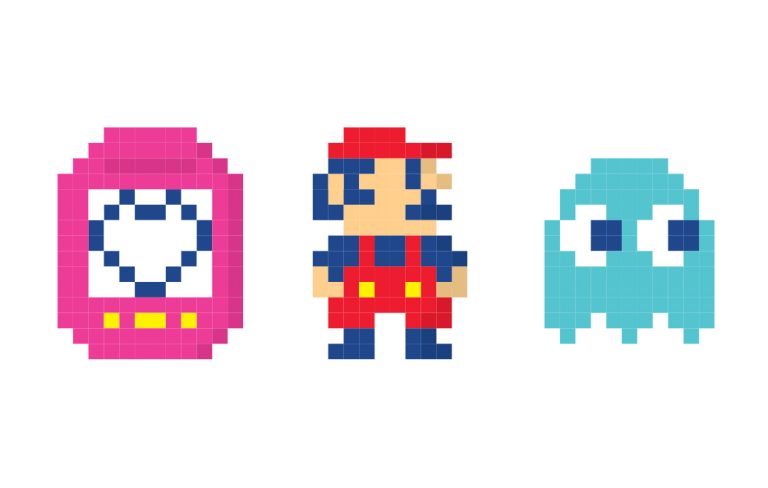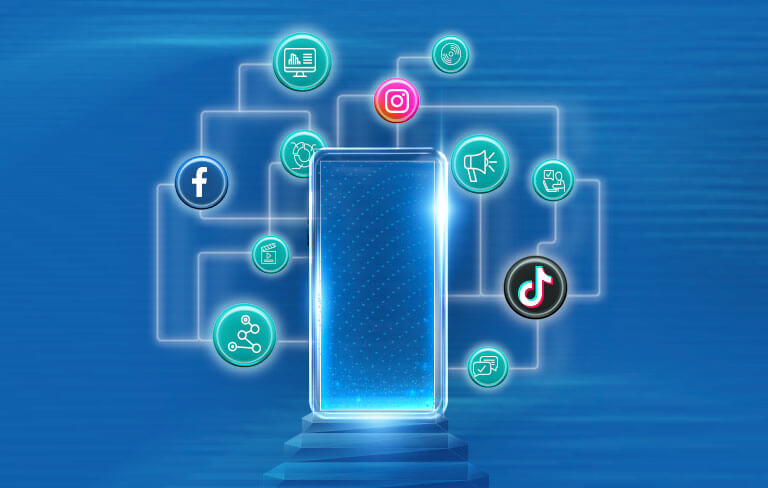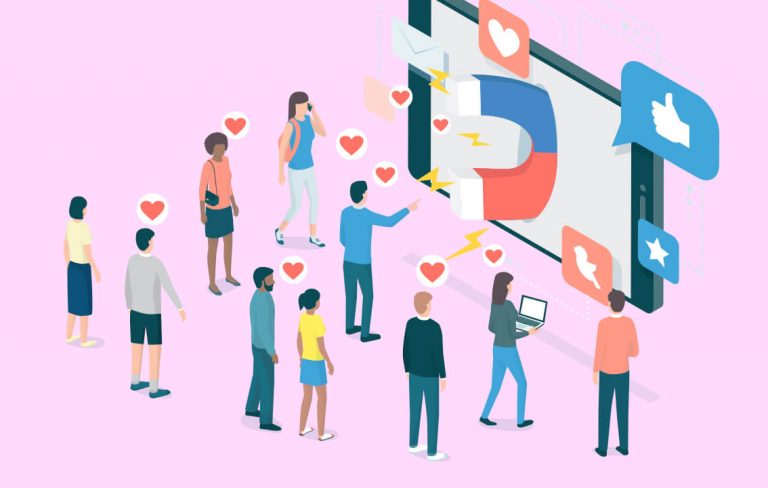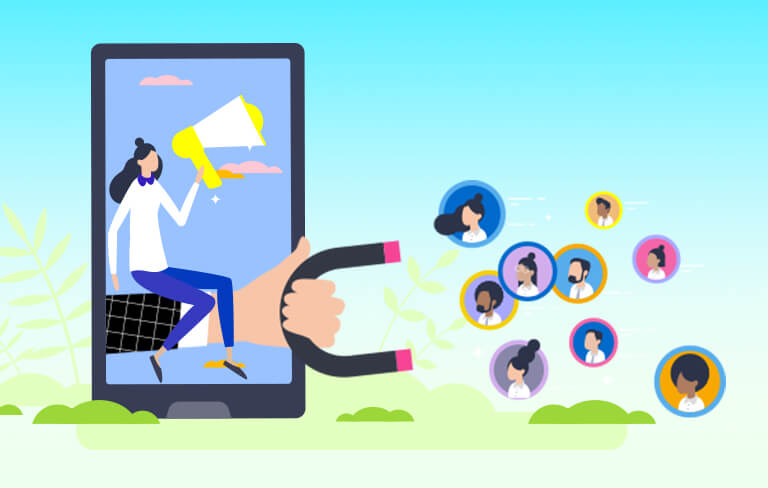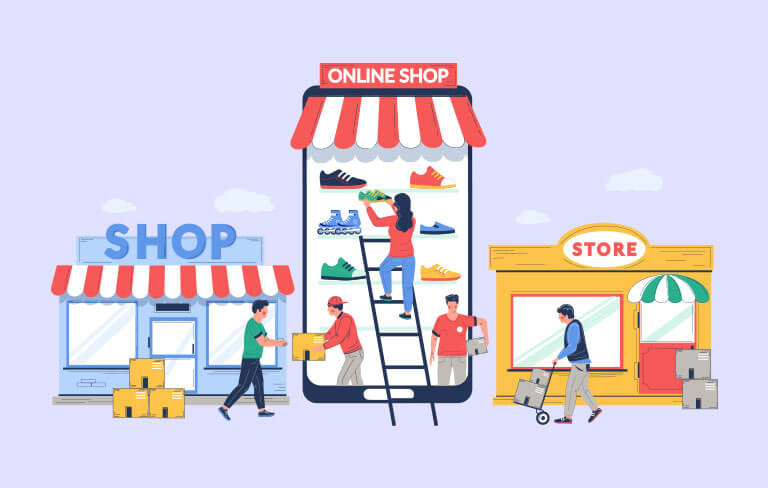We often hear of the term “gamification”. First coined by British-born programmer, Nick Pelling two decades ago, gamification is hardly new for marketers. From the classic McDonald’s Monopoly back in the 80s before the term was coined, to the viral “where’s wally” style Eye-Spy campaign by M&Ms, these are shining examples of gamification’s ability to engage consumers in a fun, memorable way.
Here are 4 main reasons why gamification is here to stay in the future of advertising and how it can benefit your brand:
1. Quality Engagement
Gamification allow brands to engage the audience at a level that traditional ads are unable to. Unlike traditional advertising where consumers are often unwilling captive audiences (think: pesky non-skippable YouTube ads), users are in control of how they choose to interact with a brand and given an incentive to play the game which means that any engagement from the point comes proactively from the user. Akin to “soft-sell”, gamification allows for users to unconsciously learn about a brand while offering them a conscious choice to opt-in. Overall, brands benefit by creating better user experiences that results in better consumer satisfaction. Check out this case study of how Mashwire created a gamification campaign for Jetstar which successfully drove engagement amongst consumers in the region.
2. Increased Replay Value
It is common knowledge for marketers that retaining customers is more cost-effective than acquiring new ones. Compared to traditional ads, gamification possesses a higher replay value – be it users attempting a better score or unlocking further rewards. Studies have shown that gamification improves retention by 50 per cent and increases customer advocacy by four times (Badgeville Social Loyalty, 2014). In addition, consumers see rewards such as ‘coupons’ from the game play as something that is earned and materially different than what was given, which increases the likelihood of redemption and trial.
3. Targeting Gen-Z
Gaming is synonymous with Gen Z, a generation that has been jacketed into the digital sphere at an early age. Obsessed with the aspect of ‘challenges’ and coupled with an expectation of interactive digital experiences, gamification provides a nifty solution for brands in engaging this generation which has the highest distrust towards traditional ads.
4. Increased Brand Loyalty
Gamification encourages reward-seeking behaviour and promotes repeated engagement. With more time invested by consumers and repeated interactions, gamification deepens engagement through non-transactional experiences and is found to increase purchase intent of consumers significantly. When paired with a loyalty programmes, also gamification fills in the gaps of traditional loyalty programmes with its ability to instantly reward consumers at every step instead of a prolonged process. Through affixing value to the smallest milestones, brands are able to effectively engage consumers at different stages of loyalty levels.
For products and services alike, gamification is a versatile marketing tool that brands can employ at any stage of customer interaction, be in apps, websites or loyalty programmes. Looking for the right gamification strategy for your brand? Hit us up for a discussion today!
